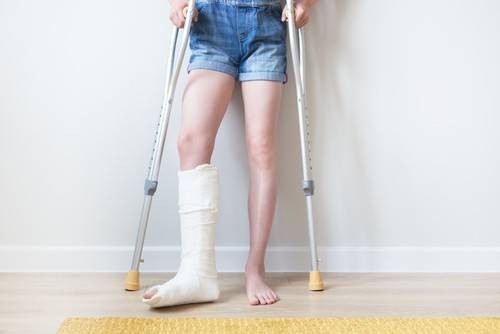
General Information
- Do not put anything inside the plaster to scratch the underlying skin, in order to avoid skin damage or bacterial infection. If the underlying skin is itchy, turn a hair dryer on a cool setting and aim it under the plaster.
- Always pay attention to the condition of the edges of the plaster and the peripheral skin and clean the part of the affected limb that is not covered by the plaster daily.
- Do not wet the plaster and use a plastic cover to protect it when bathing.
- Those who have plaster on their upper limbs should keep their fingertips higher than the heart level. The upper limbs can be supported by a sling when getting out of bed.
- People with plaster on the lower limbs should keep it cushioned and elevated with a pillow when lying in bed to help blood circulation and to reduce swelling and pain.
- Patients should move their fingers or toes that are exposed outside the plaster frequently to help blood circulation and to reduce swelling and muscle atrophy.
- If there is any problem with the plaster, please return to the urgent care room immediately for treatment. Do not try to remove the cast by yourself.
















